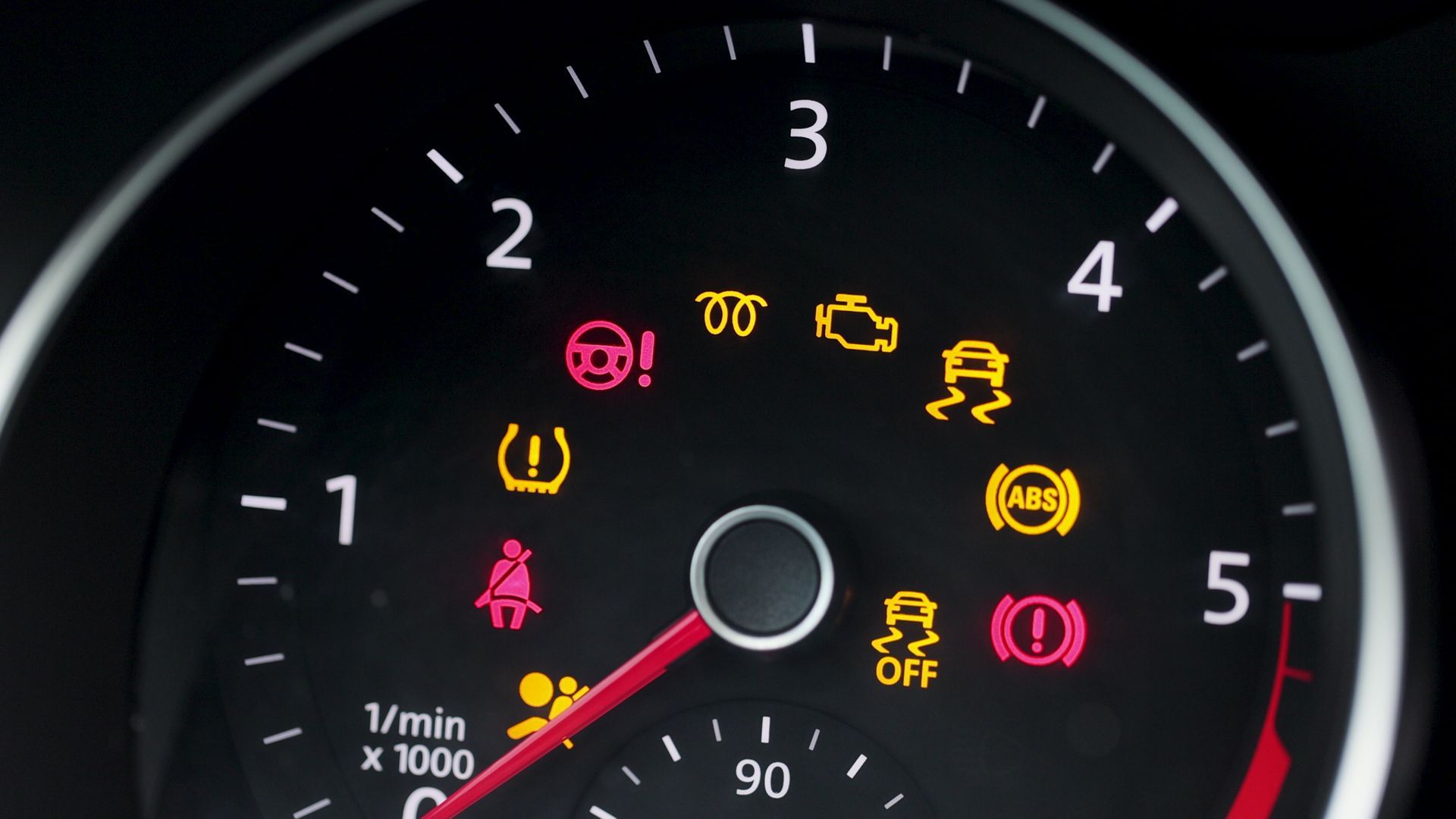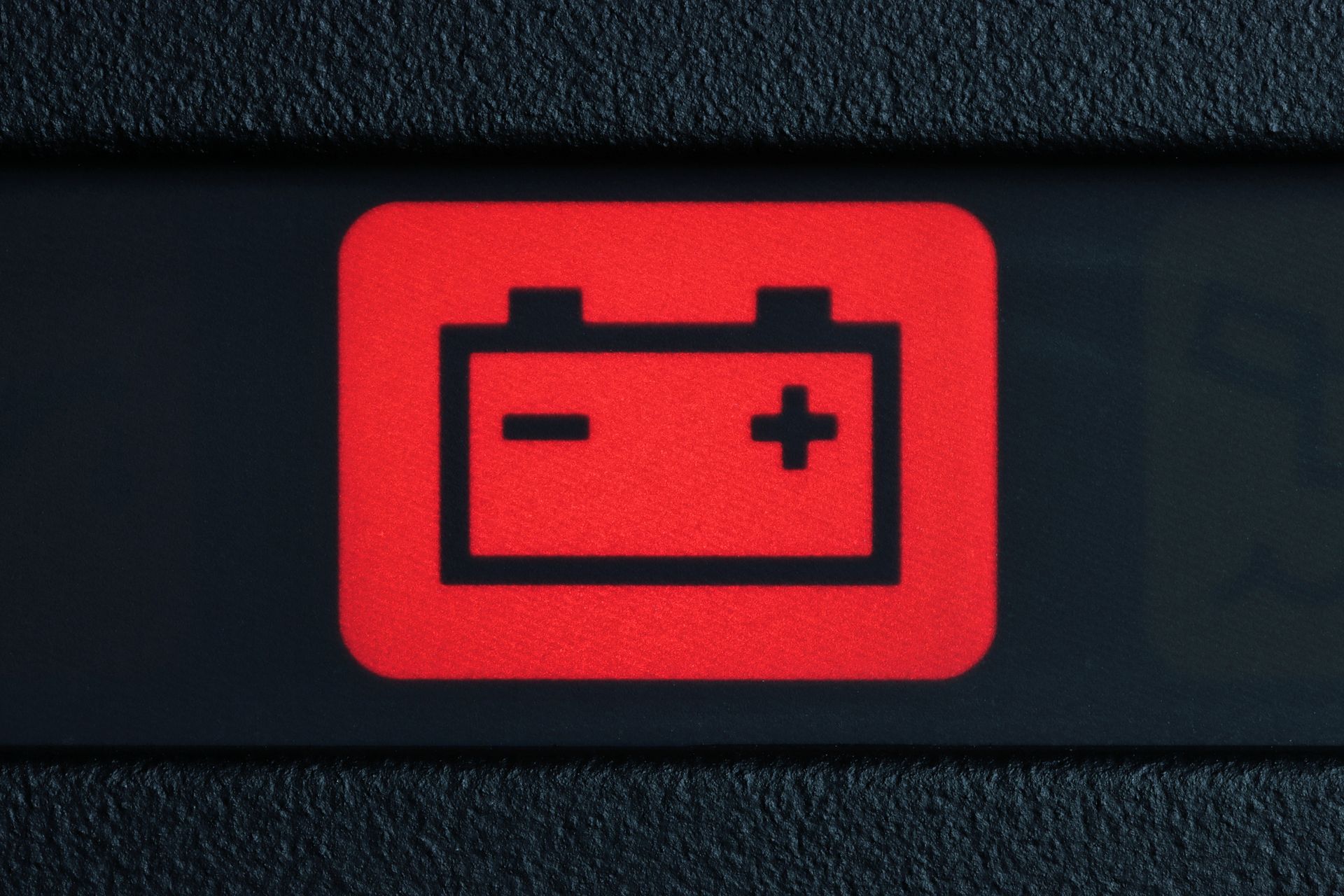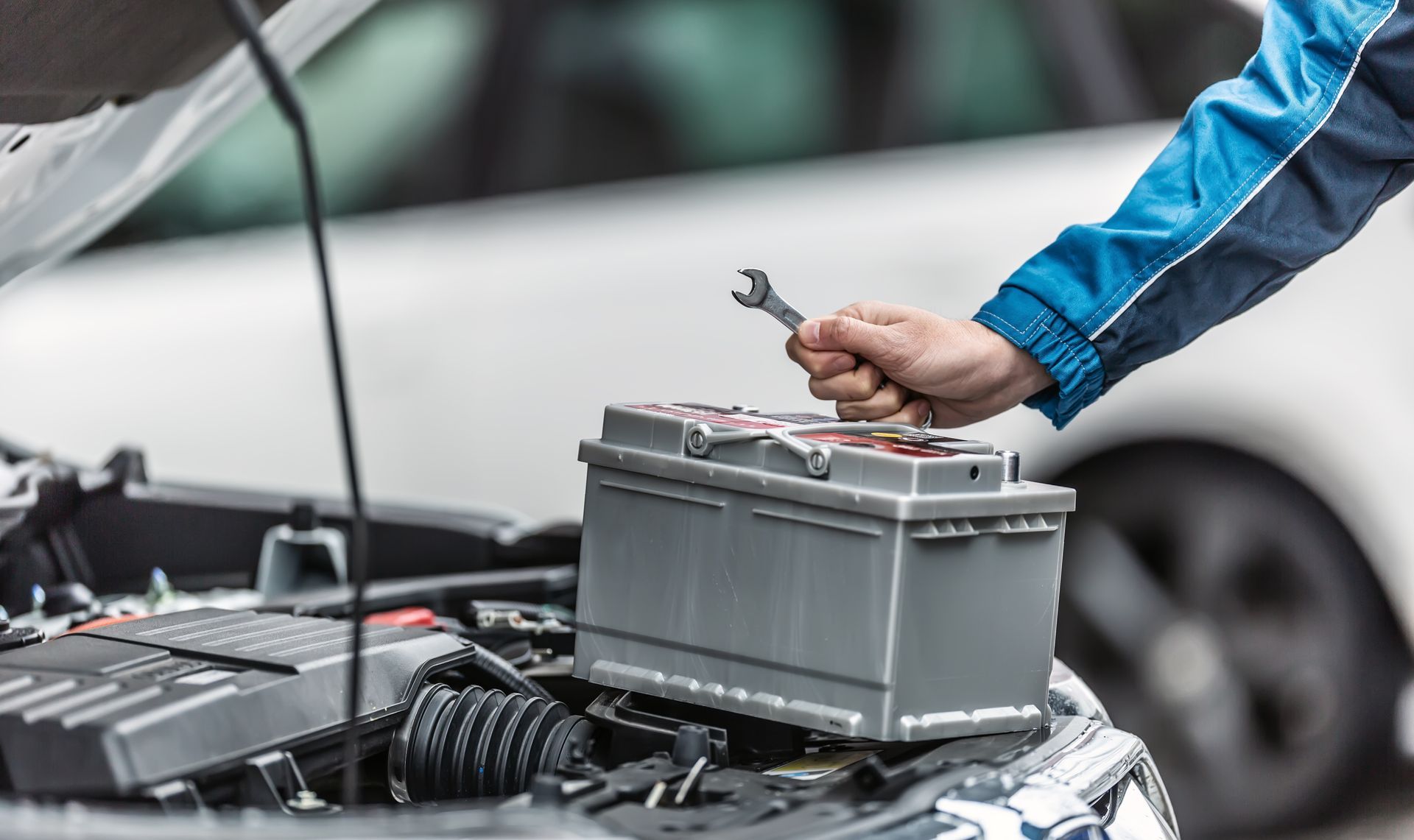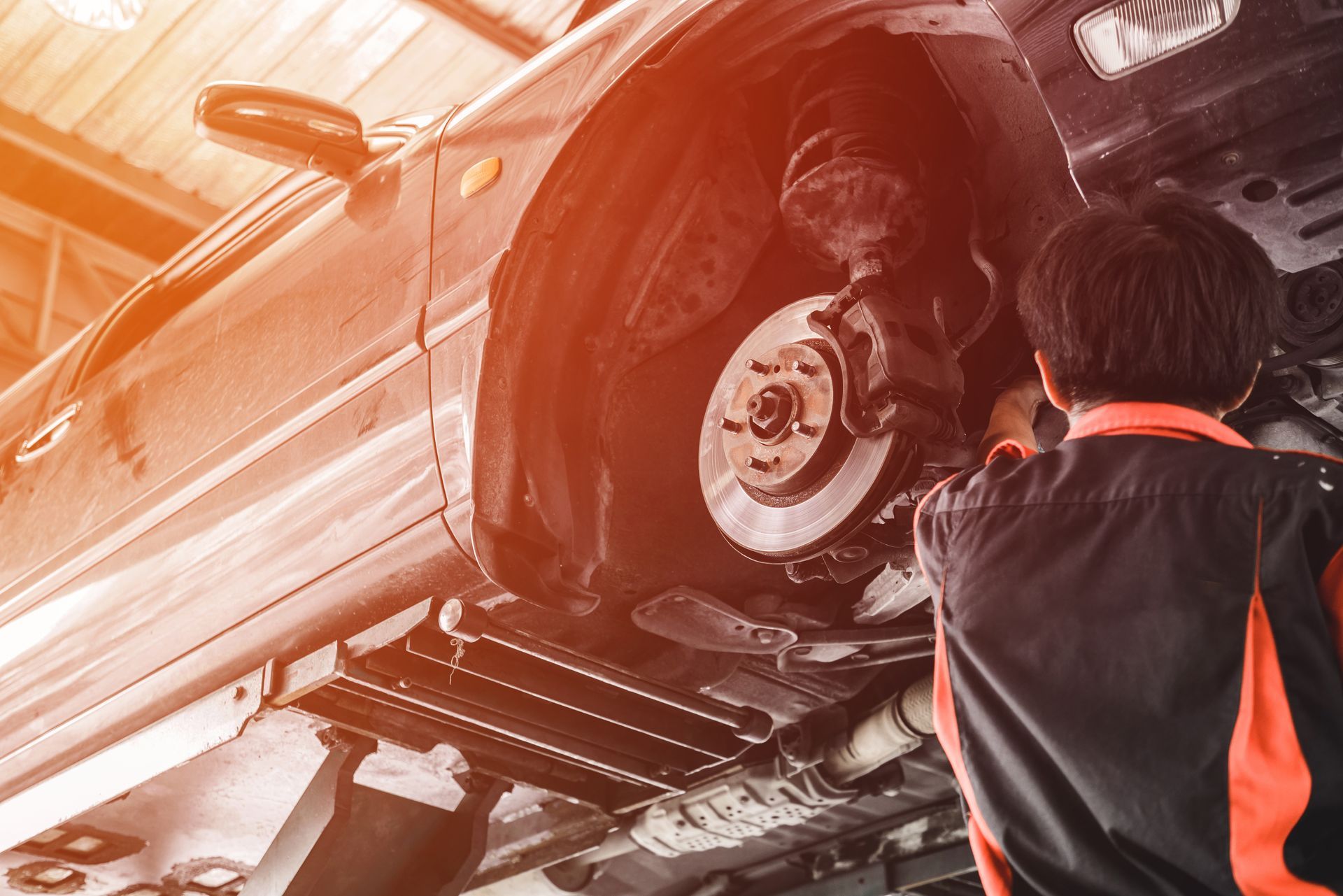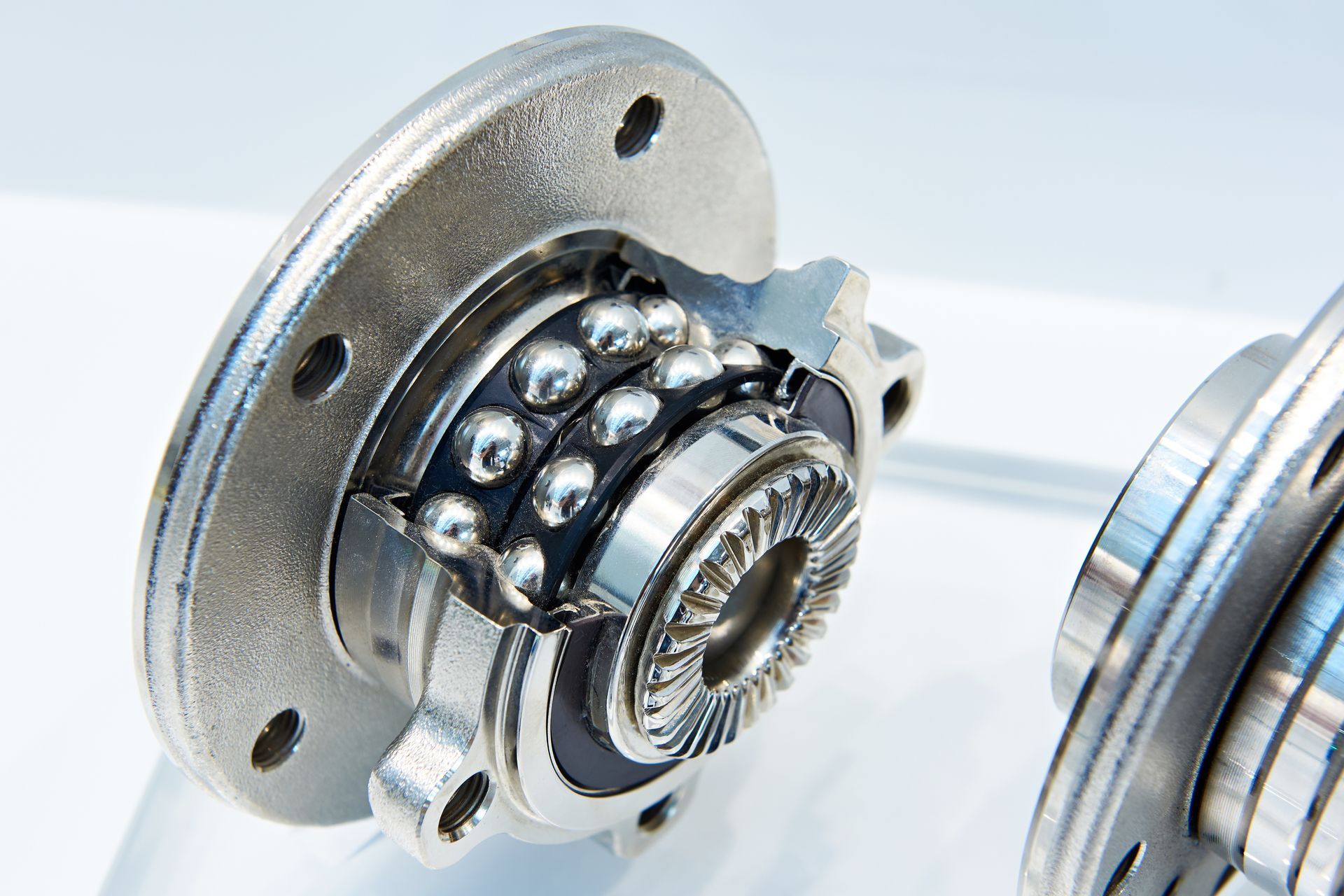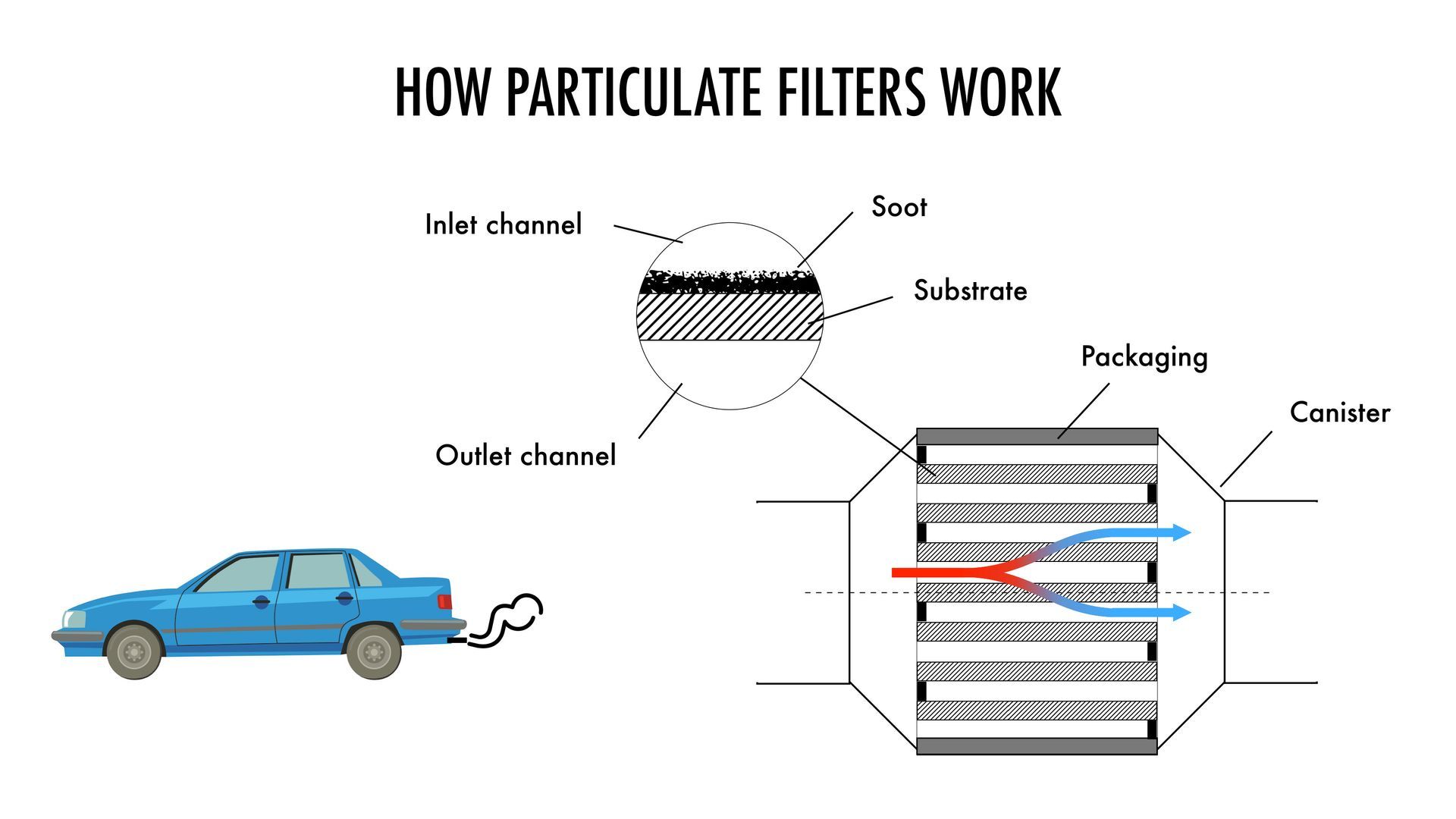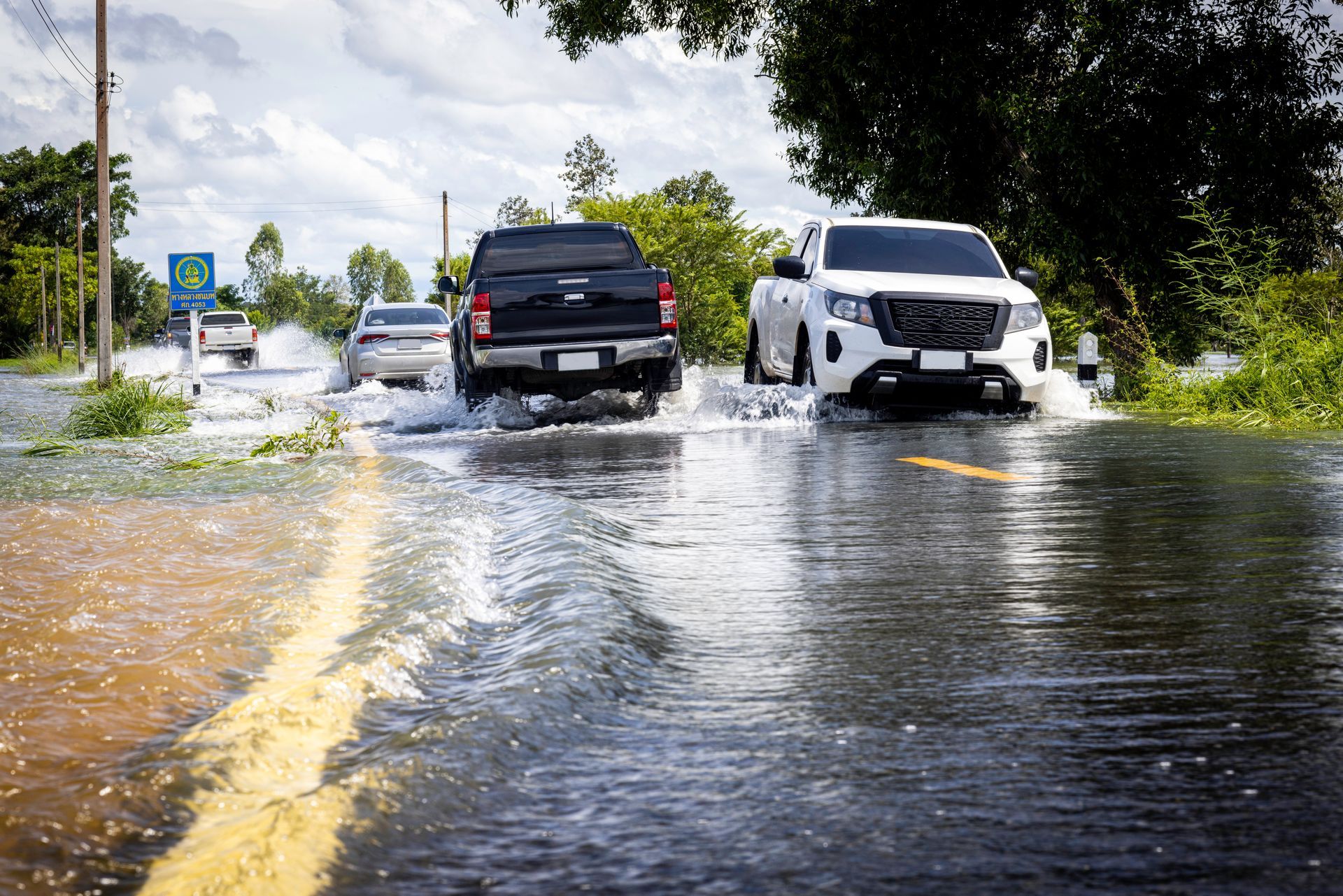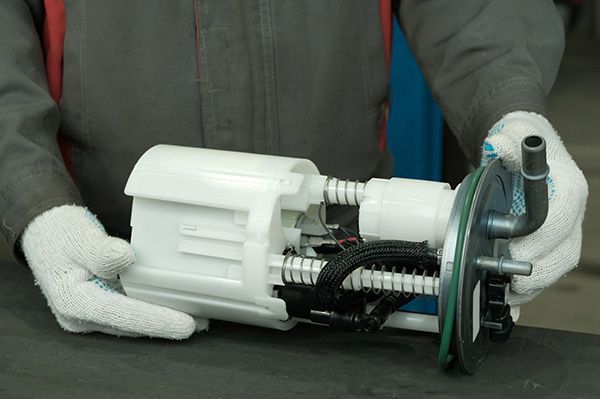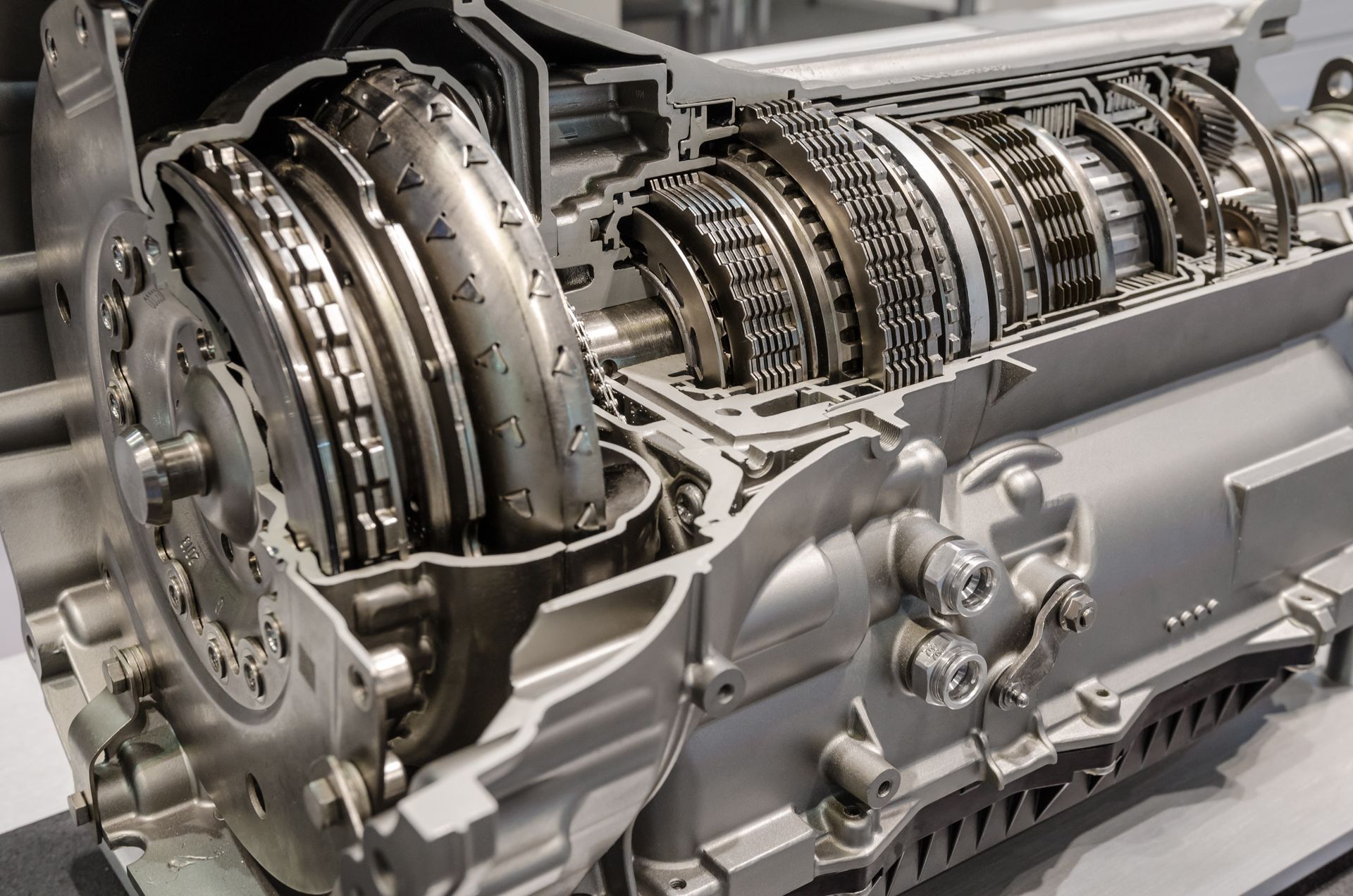As the seasons shift from summer to fall, many drivers notice a familiar warning on their dashboard—the tire pressure monitoring system (TPMS) light. It’s no coincidence that this alert often appears during the first cool mornings of autumn. Temperature changes directly affect the air inside your tires, and fall is prime time for pressure drops.
But why does it happen, and what should you do when that little horseshoe-shaped symbol lights up? Ignoring it could lead to poor fuel economy, uneven tire wear, or even a blowout. Here’s what you need to know about tire pressure drops in the fall and how to handle them the right way.
Why Cold Weather Affects Tire Pressure
Tire pressure changes with temperature. As the air gets colder, it becomes denser and takes up less space inside your tires. For every 10-degree drop in temperature, you can expect your tire pressure to drop by about 1–2 PSI (pounds per square inch). That might not seem like much, but it can be enough to trigger the TPMS warning light, especially if your tires were already slightly underinflated.
Louisiana’s fall temperatures can shift quickly with cool mornings followed by warm afternoons. That fluctuation makes it harder for your tires to maintain consistent pressure and can make the TPMS light turn on and off throughout the day.
What the TPMS Light Means
When the TPMS light comes on, it means one or more of your tires is significantly underinflated, typically by 25% or more below the recommended pressure. In some vehicles, the light will stay on steadily until the issue is resolved. In others, it may flash briefly and then stay on, indicating a problem with the system itself.
Regardless of how the light behaves, it shouldn’t be ignored. Even a small drop in pressure can change how your vehicle handles, especially in wet or slick conditions. Low pressure reduces the contact area between your tire and the road, increasing your stopping distance and the risk of hydroplaning.
How to Check and Adjust Tire Pressure
When the TPMS light comes on, the first step is to check your tire pressure using a reliable gauge. Look for a sticker on the driver’s side door jamb or consult your owner’s manual for the correct pressure (usually between 32 and 36 PSI for most passenger vehicles).
Check all four tires when they’re cold (before driving) for the most accurate reading. If any of them are low, add air until they reach the recommended level. Don’t forget to check the spare if your car has one. Once your tires are properly inflated, the TPMS light should turn off after driving a few miles.
If the light stays on even after adjusting the pressure, there may be a malfunction in the TPMS sensors or a leak that needs professional attention.
Don’t Rely on the TPMS Alone
While the TPMS is a helpful safety feature, it’s not a substitute for routine maintenance. It only alerts you after pressure has already dropped significantly. That’s why it’s important to check your tire pressure at least once a month, especially during seasonal changes.
Fall is also a great time to inspect your tires for wear, cracks, or embedded objects that could lead to slow leaks. If you notice uneven wear or bald spots, a tire rotation or alignment may be needed to prevent further issues.
Why Proper Pressure is Important Year-Round
Driving with the correct tire pressure isn’t just about avoiding dashboard warnings. Properly inflated tires improve fuel economy, extend tire life, and ensure safer handling. Underinflated tires create more rolling resistance, which forces your engine to work harder and burn more fuel. They also wear out faster and are more prone to blowouts.
On the other hand, overinflated tires reduce the amount of rubber touching the road, leading to poor traction and a harsher ride. Keeping your pressure within the recommended range helps your tires perform as they were designed to, especially when conditions change with the seasons.
Stay Ahead of Tire Trouble at Riley’s Auto & Diesel Repairs in Lacombe, LA
If your TPMS light won’t turn off, or you’re not sure whether your tires are ready for fall, stop by Riley’s Auto & Diesel Repairs in Lacombe, LA. We’ll check your tire pressure, inspect for leaks or damage, and make sure your sensors are working properly.
Don’t wait for a dashboard alert to become a roadside emergency and schedule a tire check with our team today and head into fall with confidence.

